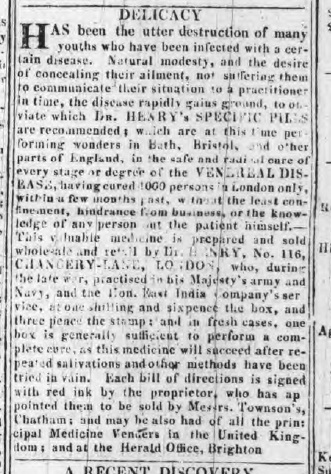
This is a legacy story from an earlier version of our website. It may contain some formatting issues and broken links.
A look back at our digital work in 2017-18 by Kevin Bacon, Digital Manager.
Much of my time this year has been spent on infrastructural work rather than public facing projects. With the prospect of a potential move of Royal Pavilion & Museums away from the Council, and the new GDPR legislation governing data protection, my main focus this year has been on information management work.
As a result, our more visible digital innovations in the last year owe much to a wider group of colleagues.
Facebook Live
Thanks to our Digital Marketing Officer, Nicola Adams, we have made our first forays into live broadcasting.

Still of Paula Wrightson from a Facebook Live stream
Facebook, like most social media platforms, is becoming increasingly pay to play. But live video streaming, through Facebook Live, does reach sizeable audiences: to date our videos have been watched over 25,000 times. That figure has to be treated with some caution, as many of these views are for just a few seconds, but these videos do receive plenty of comments. It is also relatively easy to deliver: all our videos have been shot through a mobile phone.
Live broadcasting may not seem a natural medium for a museum with mostly static objects, but it is a great tool with which to capture talks by curators and other staff, and even join behind the scenes tours of our buildings.
Of course, many people dislike Facebook and at the time of writing the company is the target of an active boycotting campaign. So if you really don’t want to share your data with Facebook, but want to see some of our Facebook Live videos, you can view the archived clips on our website. We’ll be adding more Facebook Live clips to this archive thread throughout the next year.
3D
Following our work last year in publishing 3D models of the Royal Pavilion Estate, we have set up a Sketchfab account to show off some of our 3D digitised collections.
Prior to using Sketchfab, we relied on useful but fiddly tools like 3D Hop. But Sketchfab does for 3D models what YouTube did for online video several years ago, by making the publishing process as simple as drag and drop, and providing a channel for enthusiasts to search and share.
While we still lack the time and skill to regularly produce 3D models of objects in our collection, Sketchfab is likely to remain our primary platform for this content.

Ancient Greek coin depicting the head of the goddess Hera, c360BC
My colleague Andy Maxted, with the support of the University of Brighton’s Cultural Informatics team and several volunteers, has been working on an alternate approach to 3D with our coin collection. The resulting Coins, Medals and Badges website brings a new perspective to objects that most people will think of as flat. But the ability to look closer at these items, and change the light source in order to reveal details in the relief, makes these coins accessible in a way that could never be replicated in a gallery.
Digital Media Bank
In my last Digital Review, I wrote about some of my thinking around online collections, and how our Digital Media Bank might ‘evolve into a well-used repository and access point for our digitised collections’.
That evolution is underway: while the number of users has grown by a modest 6%, changes to the structure and tagging have increased the depth of engagement, and views of our digitised collections have more than doubled. The site is also regularly shared on Facebook and Pinterest, and very little of this is through our social media channels; most of it is almost certainly due to individuals and groups such as the Brighton Past Facebook group sharing our content.
There is still much work to be done with Digital Media Bank, and in the next few months we should be ready to launch some new publishing processes that will enable us to get more of our collections online much sooner. We are also experimenting with new features, such as a crowdsourcing tool that will allow members of the public to add location data to some of our collections (please get in touch with me by commenting below if you would be interested in contributing). But the initial success of the Digital Media Bank at this stage is vital. As part of our new 2018-22 round of Arts Council National Portfolio Organisation funding, digitisation will be a bigger part of our digital activity, and there is also likely to be more national work in promoting online collections, as outlined in the recent Culture is Digital report.
Much of this future work will rely on technically sophisticated means of dissemination through multiple partners, such as through our collection data API, but sometimes this will be through smaller projects. Subject specialist portals or aggregators can play an important role here, especially for a civic museum service with eclectic collections like Royal Pavilion & Museums. One example we worked with in 2017-18 is the Minim-UK site, which brings together musical instrument collections from throughout the UK, including over 160 from our own collections.
Historic Newspapers
One new use of our Digital Media Bank this year has been to make some of our historic Brighton newspapers available online. These were digitised from microfilm copies held in the old Brighton History Centre in Brighton Museum. While the visual quality of this material is variable, we have been able to process these with optical character recognition (OCR) so that it is possible to search for not just individual newspapers by date and title, but also by keywords. (Click here to see 19th century copies of the Brighton Herald that mention the word ‘kitten’.)
We currently have over 4,600 newspapers available to download, covering a period from 1806 to 1920. Searching through these newspapers can throw up some suprising facts. For example, did you know that before setting up a permanent home in London, Madam Tussaud’s waxwork collection was once exhibited in Brighton Town Hall? This advertisement from the Brighton Herald tells the tale.

Advert for Madam Tussaud’s waxwork display, Brighton Herald, 30 March 1833
It takes about 15-30 minutes to OCR process each newspaper, so adding these all to the Digital Media Bank will time, and there are copyright restrictions that wil prevent us from making many 20th century newspapers available. But in addition to the Brighton Herald, we are planning to add more local newspapers, such as the Brighton Gazette and Argus, later this year.
brightonmuseums.org.uk
Our main website is now three years old, and is likely to be redeveloped or substantially refreshed in a couple of years’ time. While major work on thisis still some time away, we continue to iteratively improve the site. One change that you may not have noticed — but have probably already benefited from — is the new server that hosts our website. We experienced reliability problems with the old hosting server late last year, so in January we moved it to a new host. This has not only made the website much more reliable, but has also dropped the average load time for each page by almost two seconds.
Once we come to review the website, one area we will focus on will be the rich content we can share about our collections, buildings and stories. Based on the user research we conducted prior to the previous redevelopment, the website is shaped around our museums rather than the services we offer. While there are very good reasons for that, this approach can marginalise our offer which does not directly relate to one museum or another, and we need to think more carefully about how we do this.

Annoted version of 1803 plan of Promenade Grove
One successful feature we will certainly build on is our blog. Views of our blog have grown by 11% to over 77,000 views a year. In many ways, the blog perfectly captures the diverse nature of our museums and our work, as can be seen from some of the posts published in 2017-18:
The most popular new post of the year was this piece on the orientalist fantasies of George IV’s sisters, by one of our Royal Pavilion curators, Alexandra Loske. But a special round of applause should go to my colleague Paula Wrightson at Preston Manor, who has been our most prolific blogger, telling an array of unexpected stories about this Edwardian manor house.
Training Museums
As you can tell, I’m a huge fan of blogging, and I have helped encourage others to take it up. In additiion to training sessions with Royal Pavilion & Museums staff, I worked with the the South East Museum Development service to deliver two workshops on blogging and social media in Kent and Oxford alongside Alec Ward of the London Museum Development Service.
I was also fortunate enough to be able to share digital skills with museum practitoners in Greece last year. As part of the British Council’s International Museum Academy programme, I worked with Graham Davies of National Museum Wales to help deliver workshops lead by Anra Kennedy of Culture 24 in Athens and Thessaloniki last autumn.
 I was also invited to work with the Fresh Start community group in Portslade on the creation of a new walking tour of this area on the west of Brighton. The tour has just been released at http://www.portsladehistory.co.uk/, and features the contributions of local residents and school children. As a personal highlight, it also gave me the opportunity to give some training on digital heritage in a gazebo in Easthill Park without a computer in sight — a first for me.
I was also invited to work with the Fresh Start community group in Portslade on the creation of a new walking tour of this area on the west of Brighton. The tour has just been released at http://www.portsladehistory.co.uk/, and features the contributions of local residents and school children. As a personal highlight, it also gave me the opportunity to give some training on digital heritage in a gazebo in Easthill Park without a computer in sight — a first for me.
Research Projects
We continue to work with a variety of universities on our more experimental or research oriented work in using digital technology. Particular thanks go to the University of Brighton’s Cultural Informatics team, who have supported much of our work in 3D digitisation, and are helping with the new archaeology gallery that will open in Brighton Museum later this year.
 But we also work with academic partners outside of Brighton & Hove. One highlight of the year for me was a chance to show off a crank machine developed at the University of Lancaster as part of its Physical Social Network project. Along with our regular Remix the Museum programme, this was one of our contributions to the 2017 Brighton Digital Festival. Having spent some time earlier in the year working with a student researcher to look at public perceptions of touchscreen interactives in museums, it was fascinating to see how people responded to a digital device with an old fashioned mechanical interface.
But we also work with academic partners outside of Brighton & Hove. One highlight of the year for me was a chance to show off a crank machine developed at the University of Lancaster as part of its Physical Social Network project. Along with our regular Remix the Museum programme, this was one of our contributions to the 2017 Brighton Digital Festival. Having spent some time earlier in the year working with a student researcher to look at public perceptions of touchscreen interactives in museums, it was fascinating to see how people responded to a digital device with an old fashioned mechanical interface.
This year also saw the start of two major research projects, in which Royal Pavilion & Museums is a partner. One is the GIFT project, lead by the Centre for Computer Games Research at the IT University in Copenhagen. This project is exploring how museums can create playful and personalised experiences for visitors. While this is an area we have explored through past projects such as Murder in the Manor, Stone Age Quest and Story Drop, getting these experiences right is difficult and risky, and I hope GIFT can develop a framework of approaches and resources that museums can use to design these.
GIFT also provided an opportuntiy to work with internationally renowned Portslade based artists Blast Theory. Back in July 2017 we gave Blast Theory and other GIFT partners space in Brighton Museum to develop a prototype gifting app that will be released as open source later this year. As well as an excuse to work with Blast Theory, it was useful to have a chance to step back and see how others might build a digital experience in the museum, and how rapid prototyping can work at this scale. While I still have little idea what the released version will look like, or whether Brighton Museum will even adopt it, I look forward to seeing how work has developed since the summer.
The second major research project we have partnered in is One by One. Lead by the University of Leicester and Brighton based Culture 24, this AHRC funded project is examining digital literacies in the museum sector. What I particularly like about One by One is that it has a very simple research question: government and funders often demand improved digital skills from museums — but what are those skills? Although the project is in its early stages, some of the initial research is already very promising, and has prompted new thinking on my part about how Royal Pavilion & Museums develops its digital capacity over the next few years.
Certainly, improved digital literacy across the whole museum service will be key. If there is one conclusion to be made from this Digital Review 2017-18, it is to recognise how many of my colleagues are essential to our digital activity. Even if staff and volunteers are reluctant to use video cameras or content management systems or 3D technology, the willingness and ability to tell a story is still vital to our online presence.
Kevin Bacon, Digital Manager
More Information




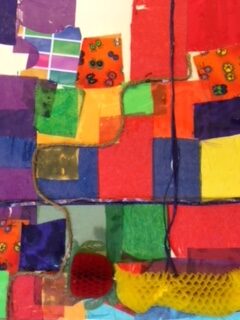

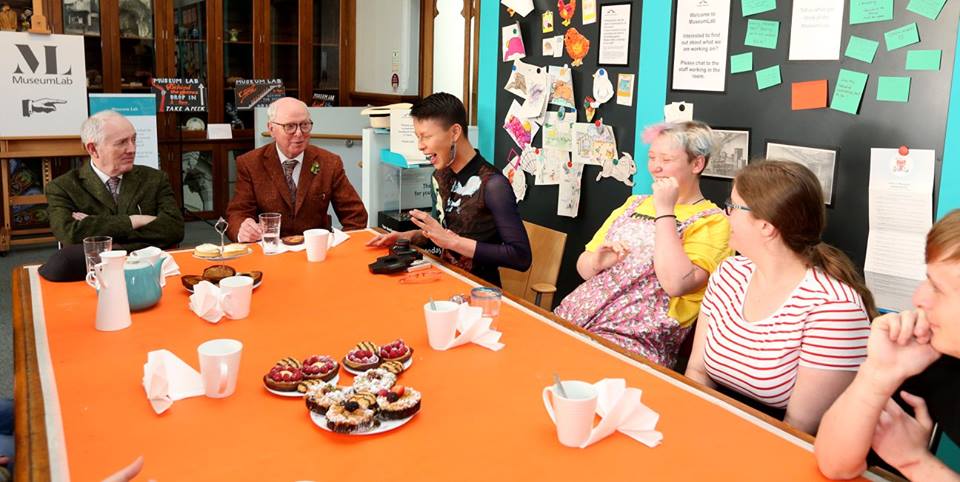


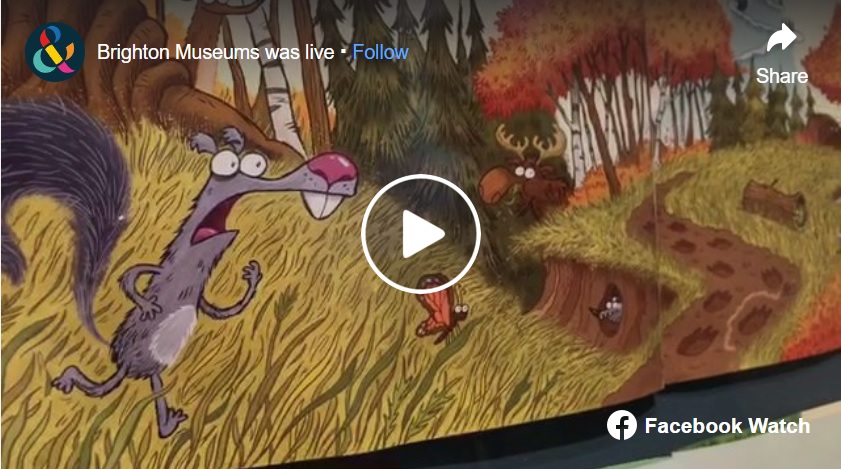
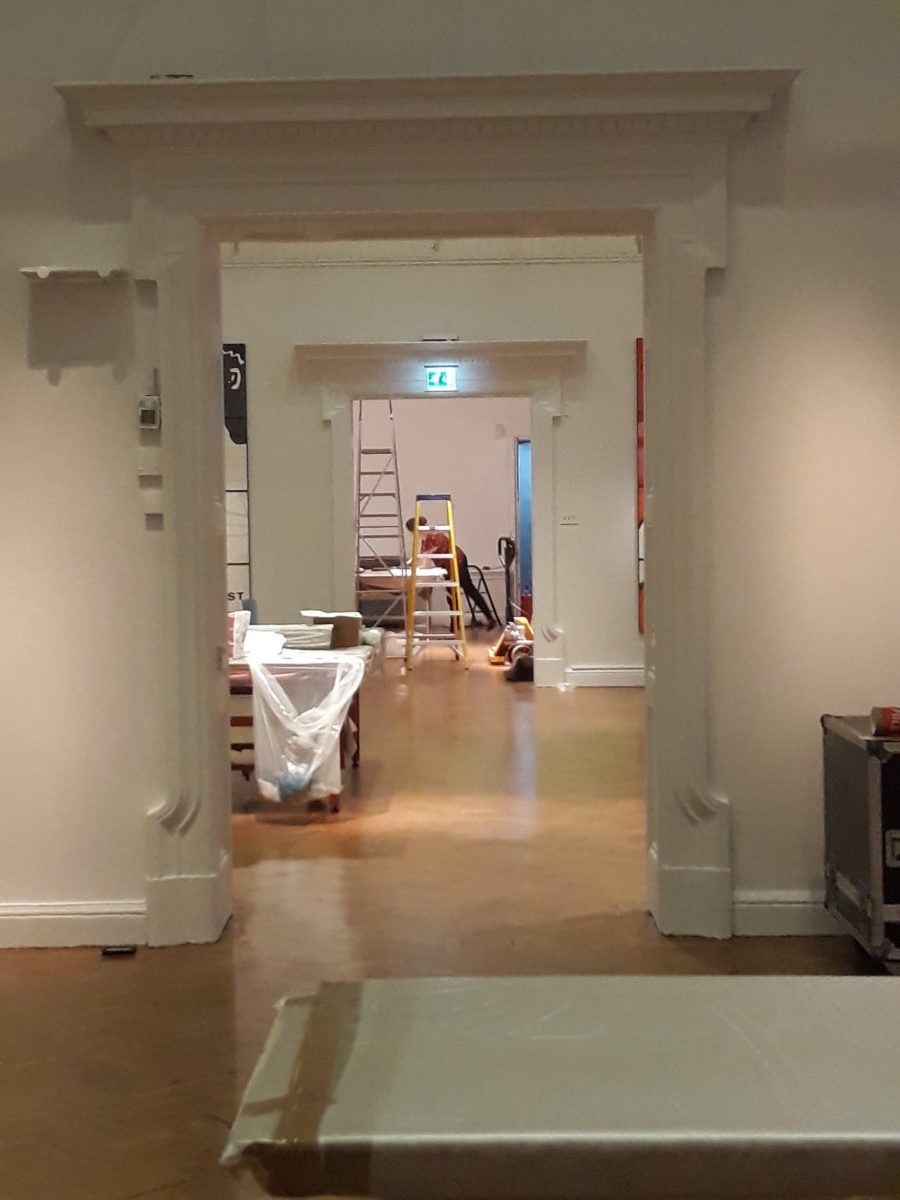

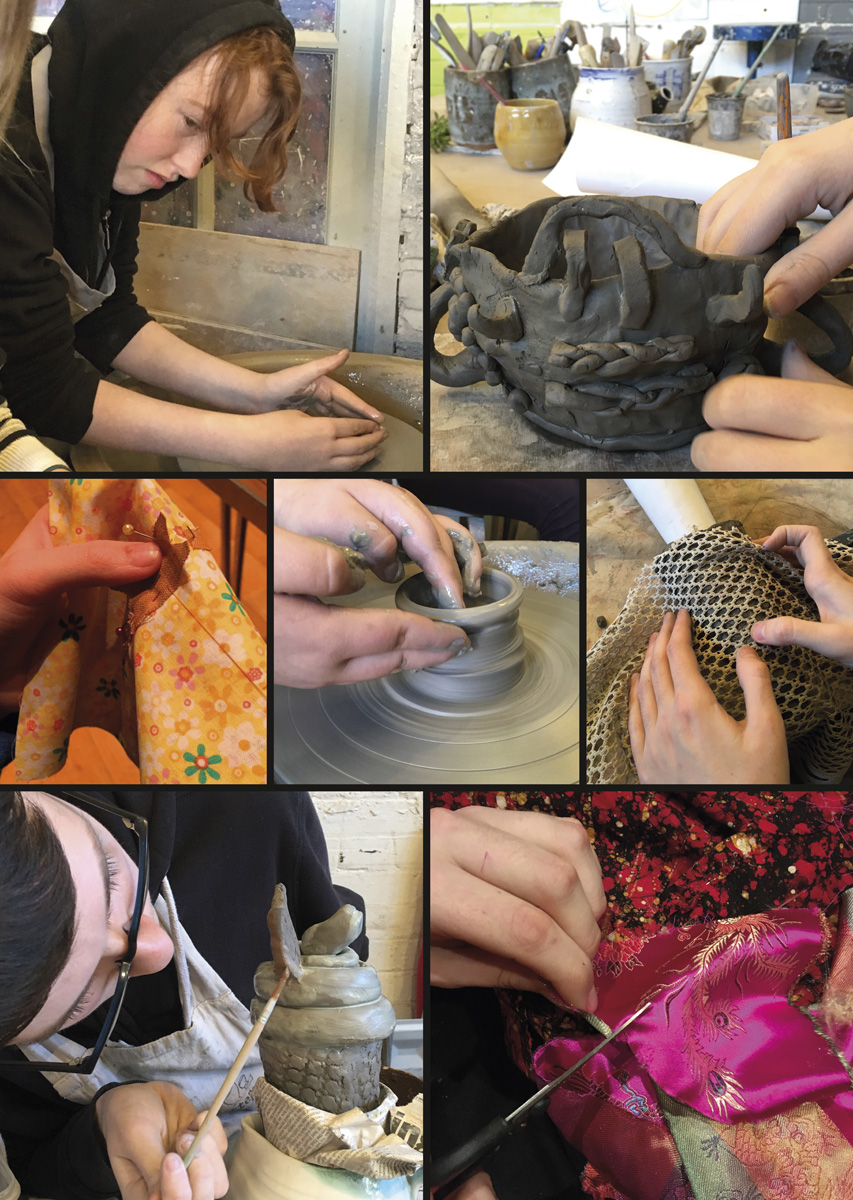


 The three items – a leather jacket, a pair of leather trousers and a silk chiffon blouse – are typical of Clive’s practice, which has been described as ‘constructivist’. Rather than being motivated by a desire for glamour or luxury, Clive is interested in technical construction. As he noted in conversation, his starting point tends not to be illustrations but technical drawings. The choice of materials and finish comes later.
The three items – a leather jacket, a pair of leather trousers and a silk chiffon blouse – are typical of Clive’s practice, which has been described as ‘constructivist’. Rather than being motivated by a desire for glamour or luxury, Clive is interested in technical construction. As he noted in conversation, his starting point tends not to be illustrations but technical drawings. The choice of materials and finish comes later.








